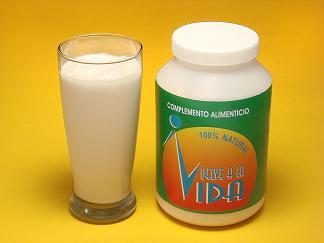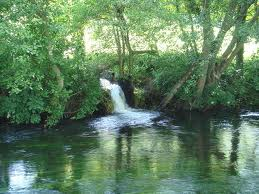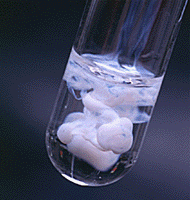 In the world of fungi or Kingdom fungi there is a wide variety of species and these are studied in mycology. The term zygomycota refers to a way of dividing fungi. Therefore, the phylum zygomycota is the set of species with some shared characteristics, most of them related to reproduction.
In the world of fungi or Kingdom fungi there is a wide variety of species and these are studied in mycology. The term zygomycota refers to a way of dividing fungi. Therefore, the phylum zygomycota is the set of species with some shared characteristics, most of them related to reproduction.
Characteristics of the fungi of the phylum zygomycota
These mushrooms are also known as zygomycetes. Its reproduction is asexual, which takes place through spores that are located in the fungus itself and that are dispersed by the action of the wind.
These species normally inhabit plant matter that is found in decomposition in the ground and for this reason some species are considered parasites of plants or animal species.
Regarding its use, it has all kinds of applications: in food production, to tenderize meat, in the production of coloring, as an anesthetic substance or in the manufacture of alcohol. These applications are due to the mold that accumulates on the zygomycota phylum. This substance is the well-known black mold of bread.
The mold of these species is especially important to flavor the sausages. Thus, the spore that is deposited on the surface of the sausage germinates and begins to develop the mycelium.
Within the phylum zygomycota is the genus of the glomales. These fungi are highly valued in agronomy, as they enrich the soil.
The zygomycota phylum in the fungi Kingdom
All mushrooms, fungi and yeasts are not part of the Plant Kingdom, but of the so-called Fungi Kingdom. This can be classified according to their diet (saprophytes, symbiotics or parasites). In this sense, zygomycotas species have a symbiotic diet, since they are related to other organisms.
According to its structure, the Kingdom fungi if divided into four phyla: zygomycetes, basiodiomycetes, ascomycetes and deuteromycetes. The zygomycota species are integrated into the zygomycetes, which have sexual and asexual reproduction (when the hyphae of the fungal strains fuse, there is sexual reproduction and when spores are formed that mature, the definitive asexual reproduction takes place).
In the biological classification the Kingdom fungi belongs to a group of eukaryotic organisms. Its main characteristics are the following:
1) are heterotrophic, which means that they do not produce their own food, as plants do
2) they have a chitin cell wall,
3) reproduce by spores,
4) they live in humid soils and
5) they lack chlorophyll.
Photo: Fotolia - Kateryna_Kon









